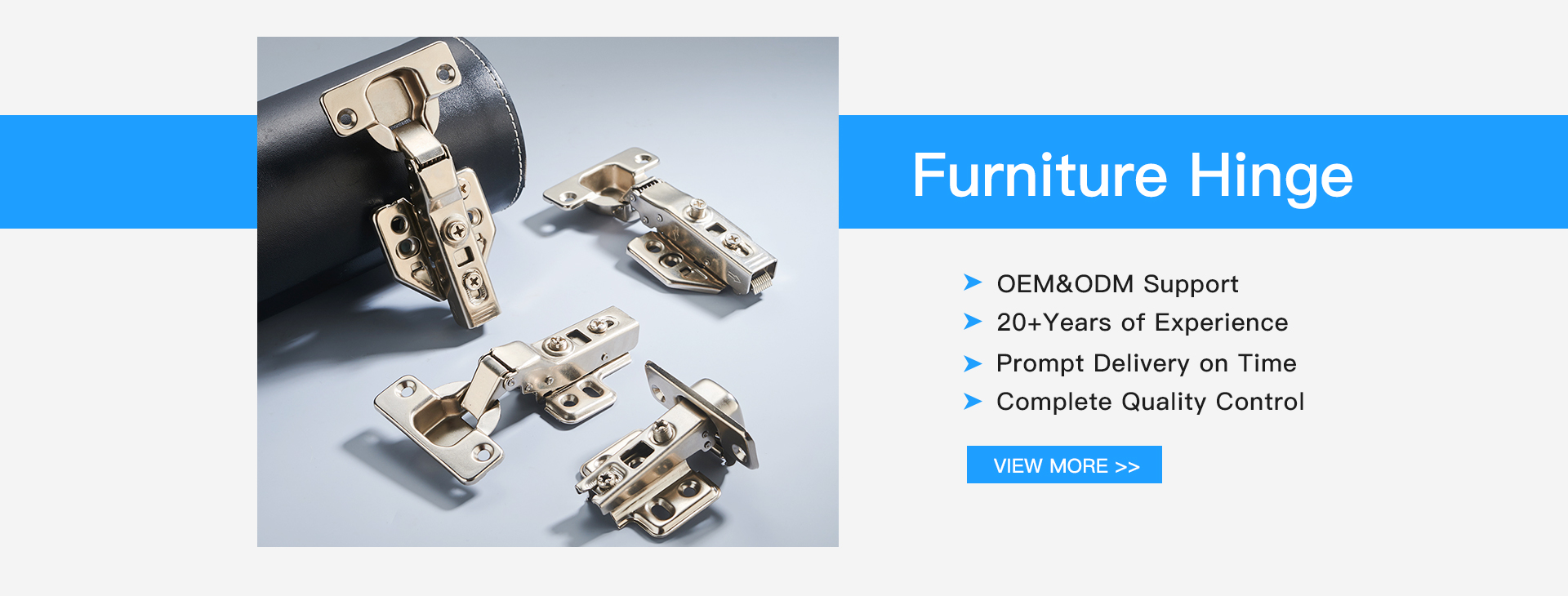The process involves heating the workpiece using an intermediate frequency furnace to a temperature of up to 92,095°C after hot forming, followed by immediate oil quenching. Microscopic analysis revealed a microstructure composed of quenched martensite. In the secondary range, the retained austenite was below the second grade, and the hardness ranged between HRC 59-64. No new decarburization layer was observed on the surface.
After tempering at temperatures between 460-480°C, the tensile strength reached 1750-2000 MPa, with a hardness of HRC 42-46 and a section shrinkage of 35-39%. These results reflect the characteristics of microstructural transformation during medium frequency induction heating and quenching.
One key aspect is the phase transition behavior. Due to the rapid heating rate, the actual phase transformation temperature of the steel increases. The faster the heating, the higher the temperature at which austenite forms, resulting in finer austenite grains. This leads to a fine or ultra-fine martensitic structure after quenching. Additionally, during medium frequency induction heating, the alternating magnetic field interacts with the workpiece, influencing the phase transformation. Under the combined effects of magnetic and thermal stresses, the austenite structure remains stable, while its substructure becomes denser, contributing to better mechanical properties compared to conventional quenching methods.
Another advantage is the short heating time and high speed, which prevent austenite grain growth. This significantly reduces oxidation and decarburization, leading to improved surface hardness and quality. This is particularly important for production processes where surface integrity is critical.
From an economic perspective, medium frequency heating offers significant benefits. The thermal efficiency can reach 75-85%, far exceeding that of traditional gas furnaces, which typically only achieve around 15%. For example, the heating time for each spring using this system is just 105 seconds, comparable to the general box resistance furnace, but without the need for additional heating steps. As a result, semi-finished products do not require reprocessing. According to factory data from the past year, using medium frequency induction heating for spring treatment saved over 60% in electricity costs.
In conclusion, medium frequency induction heating is especially suitable for large-volume, single-type products like hot-formed coil springs. Its advantages include:
1) Reduced oxidation and decarburization due to fast heating, leading to improved surface hardness and quality.
2) Easy integration into automated and mechanized production lines, ideal for mass manufacturing.
3) Precise control of hardening depth by adjusting the frequency.
4) Formation of fine needle-like martensite on the surface, combined with sufficient internal strength and toughness, resulting in higher hardness than conventional heat treatment (HRC 35+).
5) High thermal efficiency and minimal heat loss, improving working conditions and reducing overall production costs.
This technology not only enhances product performance but also contributes to energy savings and operational efficiency in spring manufacturing.

Furniture Hinge,Adjustable Cabinet Hinge,Adjustable Iron Cabinet Hinge,Adjustable Kitcken Cabinet Hinge
ONLEE HARDWARE CO.,LTD , https://www.onleehardware.com
